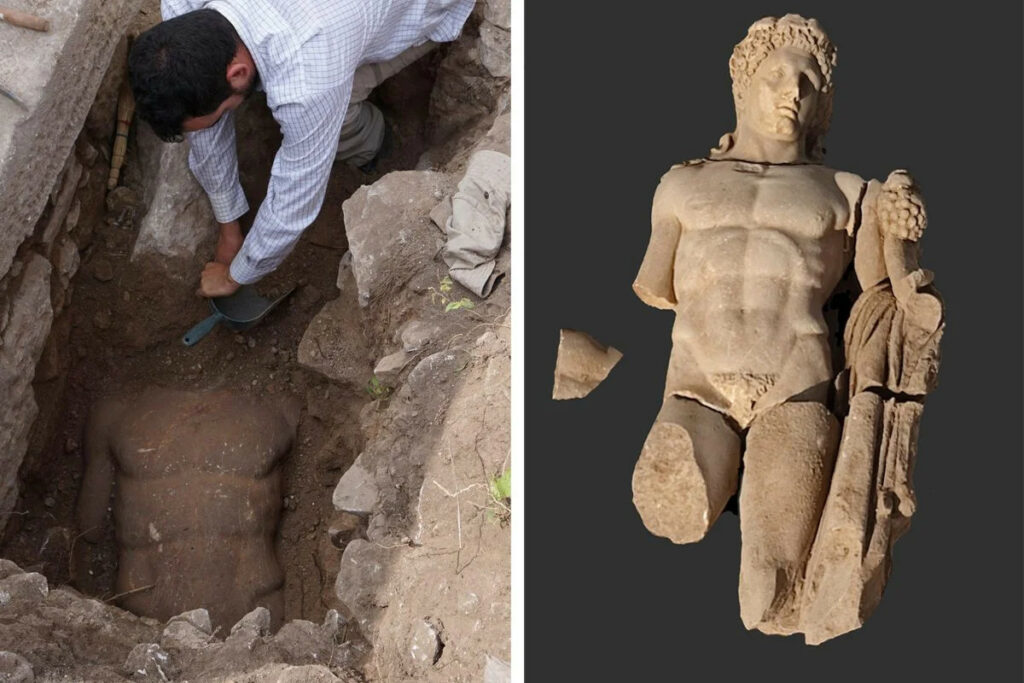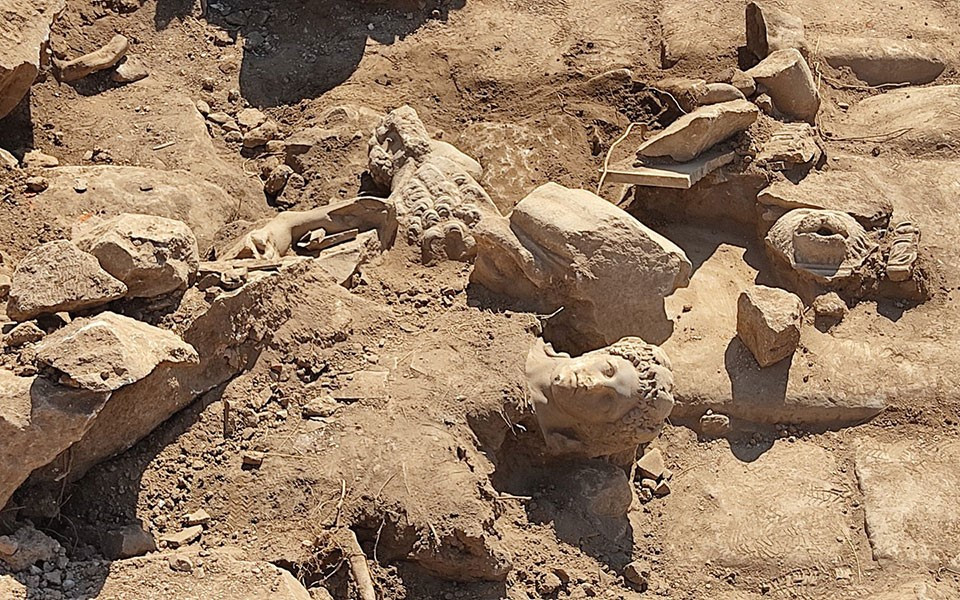A Stunning Discovery in Eastern Macedonia

Archaeologists from the Aristotle University of Thessaloniki have uncovered a remarkable larger-than-life-sized statue of Hercules during their latest excavations at Philippi, an ancient Macedonian city in northeast Greece. This remarkable find sheds light on the city’s rich cultural heritage and the enduring influence of Classical and Roman-era art in the Byzantine era.
The Excavation Site and Its Significance

The excavations, led by Professor Natalia Poulou, focused on the east side of one of Philippi’s main streets, intersecting with another major axis further north. At the convergence of these two streets stood a large square dominated by an elaborately decorated edifice, likely a public fountain adorned with architectural fragments discovered during the dig.
The Majestic Statue of Hercules

Among the excavated artifacts, a stunning larger-than-life-sized statue from the 2nd century AD captivated the researchers. The statue depicts a youthful Hercules, the Roman equivalent of the Greek Heracles, holding a club and a lion’s pelt in his outstretched left hand – a testament to the hero’s identity. Adorned with a wreath of vine leaves and a tape draping across his broad shoulders, the statue exudes a sense of power and majesty.
A Legacy Preserved Through Centuries
Interestingly, the research team discovered that this pre-Christian statue was used to decorate a much later building from the 8th or 9th century. Contemporary sources indicate that Classical and Roman-era statues were often repurposed to adorn public spaces and buildings throughout the Late Byzantine period, a practice confirmed by this remarkable find in Philippi.
Ongoing Exploration and Future Prospects

The excavations, attended by 24 students and funded by the Research Committee of the Aristotle University of Thessaloniki, will continue next year. This ongoing exploration promises to unearth further insights into the rich cultural tapestry of Philippi and the enduring influence of ancient Greek and Roman art in the Byzantine era.
As archaeologists meticulously examine the unearthed artifacts, the majestic statue of Hercules stands as a testament to the cultural continuity and artistic legacy that has endured through the ages, captivating the minds of scholars and enthusiasts alike.

